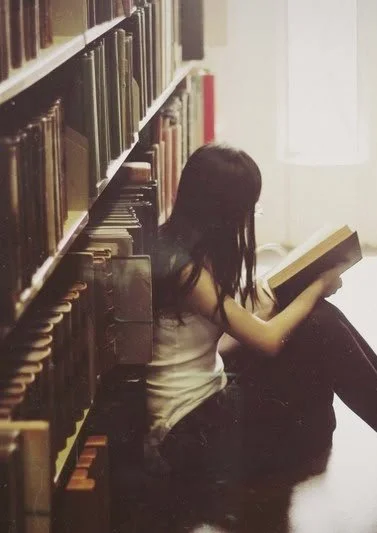A Tale of Two Plots: Understanding Alterations
/Plot is a crucial aspect in both books and their adaptations, but how much of it gets altered or removed in the film process, why, and how does it impact the overall story? These questions often arise when there’s a live action made, and going behind the scenes is one way to find answers and see the decision-making process in full perspective.
What Does The Book Have…
Stories follow a series of events that shape the broader narrative, like life, you never know where it will actually go. That’s the plot.
In books, authors can expand timelines and character development over the course of many chapters, writing details and descriptions that can fill up entire pages. It’ll slow down the pacing of the novel, but it’s better than skipping through important information and leaving the reader lost and confused, or it might even make the pacing easier to follow, depending on your reading style.
Either way, taking the opportunity to put worldbuilding into the plotline provides a foundation, context and restrictions, helping the reader immerse themselves in the fictional world. It gives an understanding of the magic system (if there is any), culture, history, politics, environment, rules and many more that make the world authentic and realistic, because no one wants to read a work so untrue that they cannot imagine it.
Using the thoughts, feelings, and the way characters visualize their surroundings is important too in the context of worldbuilding and plot development. It showcases the protagonist’s internal and external conflict, making the reader empathize with them. Their lifelike manners help keep the reader engaged throughout the events in the story, showing how the individuals face conflict and overcome it, their motivations, and their growth and change up until the end. And readers might relate to the character flaws and struggles, and further be invested in the journey.
…That The Adaptation Does Not
Movies cannot be exactly like the books; it’s virtually impossible.
In adaptations, there are limitations, including a shorter runtime and more visual elements. Due to the two-hour runtime in movies, they need to condense the plot and timeline and even remove characters, subplots and information originally in the book. In doing so, it leads to differences in events, which are noticeable to the audience who have read the story first. Cutting significant and memorable plot points is frustrating for readers. But in reason, it makes it more palatable for a broader audience and those who haven't read the novel and keeps it engaging.
Another difference is that there is more show than tell in films; showing a character's internal conflicts relies on dialogue, body language, and actions. Due to this, their thoughts are often left out entirely or externalized as the individual, rather than arguing with themselves, might choose to dispute with another character.
The decision to make the original not original is often due to the amount of money. As a film’s main element is visuals, it can be costly if there is a need for special effects, mass destruction and fight scenes. Removing subplots and minor characters is a way to keep to the budget.
Though it’s necessary to compress a book, details get lost in the story. However, if studios had the opportunity to create a movie with an unlimited amount of money, then there’s no doubt they wouldn’t be able to keep to the original or at least make it more accurate.
Conclusion
In conclusion, the plot is an important element in both a book and its adaptation. It drives the narrative forward through exposition, rising action, climax, falling action, resolution/denouement and adds a more immersive environment for readers and watchers. And though there are differences, it’s understandable that everything in a story that makes it so magical cannot be put with the same amount of depth into a live action.
Erin Murray is currently a second-year student in the Professional Writing Program at Algonquin College. She enjoys listening to moody instrumental music when writing, and once the temperature drops, loves carrying around a cup of tea. She’s had the on-and-off hobby of writing stories since high school, and dreams of having her own WIP traditionally published in the future. When Erin is not at her laptop, she’s thinking of a new novel idea or daydreaming about the one that is underway.





